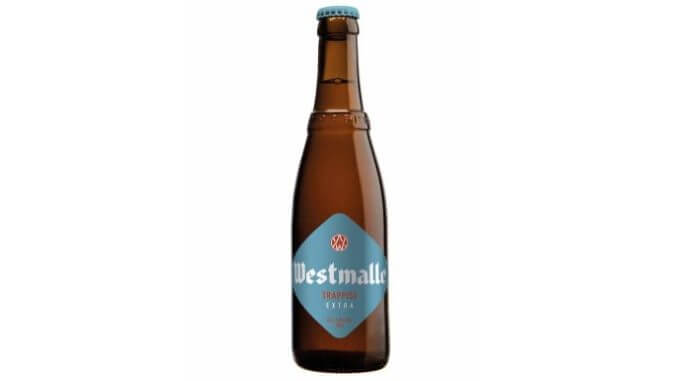Westmalle Trappist Extra
Photos via Westmalle
I can only imagine that it’s not easy to sell classic Belgian abbey ales in a U.S. market where historical significance is nowhere near the driver of interest and hype that it once may have been. In a market where novelty and “new releases” are almost exclusively the drivers of the hype cycle, a monastic brewing tradition with hundreds of years of history behind it has few avenues in which it can try to directly compete. After all, the likes of St. Bernardus or Rochefort can’t exactly release 16 oz cans of new tripel or quadrupel recipes on a weekly basis. The average Trappist brewery, in fact, has a product lineup that has probably been largely unchanged for decades, so even introducing a new beer to the U.S. market can be something of a conundrum.
There’s one area, though, where the classic Belgian breweries have been able to expand their operations in recent years, though, and it’s in the realm of lower ABV, sessionable Belgian ales. To be sure, these beers are not new inventions. Rather, they’re patersbiers, more or less the lower-strength beers that have been consumed every day for centuries by the monks who live and worship in the monasteries. This style, also called “Belgian single” or “singel” in direct comparison with the better-known dubbel, tripel and quadrupel, has always been a staple of monastic life, but it’s never been quite as well known to consumers. Perhaps this is because historically, the consumer desire for “abbey ale” was always associated with bigger, bolder styles and flavors found in high-gravity dubbel, tripel or quad. But as appreciation for flavorful, lower-gravity styles has increased in recent years, many of the classic Belgian breweries have begun actually bottling and exporting their patersbiers. It’s become a trend, in fact, from the likes of Chimay Gold, to St. Bernardus Extra 4, other examples of this low-ABV Belgian style.
One of the latest to hit the market? That would be Westmalle Trappist Extra, first unveiled in 2021 and recently arrived in the U.S. Obviously, it is the product of Westmalle, a Trappist brewery in operation in the province of Antwerp since 1836, particularly well known for their style-defining Dubbel and Tripel. Extra, on the other hand, “was generally served during meals and consumed solely inside the abbey,” before it started to be served to visitors at the abbey cafe. And last year, after likely more than a century unchanged, it finally started to hit bottles as well.
This beer sits at a very approachable 4.8% ABV, with what the brewery calls “a beautiful light golden-yellow color.” It pours with the vigorous effervescence associated with classic Belgian abbey ales, conjuring a big, puffy cloud of foam in dense bubbles. It’s a beer I’m very much looking forward to trying, as these sessionable abbey singles are among my favorite everyday beer styles.
-

-

-

-

-

-

-

-

-

-

-

-

-

-

-

-

-

-

-

-

-

-

-

-

-

-

-

-

-

-

-

-

-

-

-

-

-

-

-

-








































